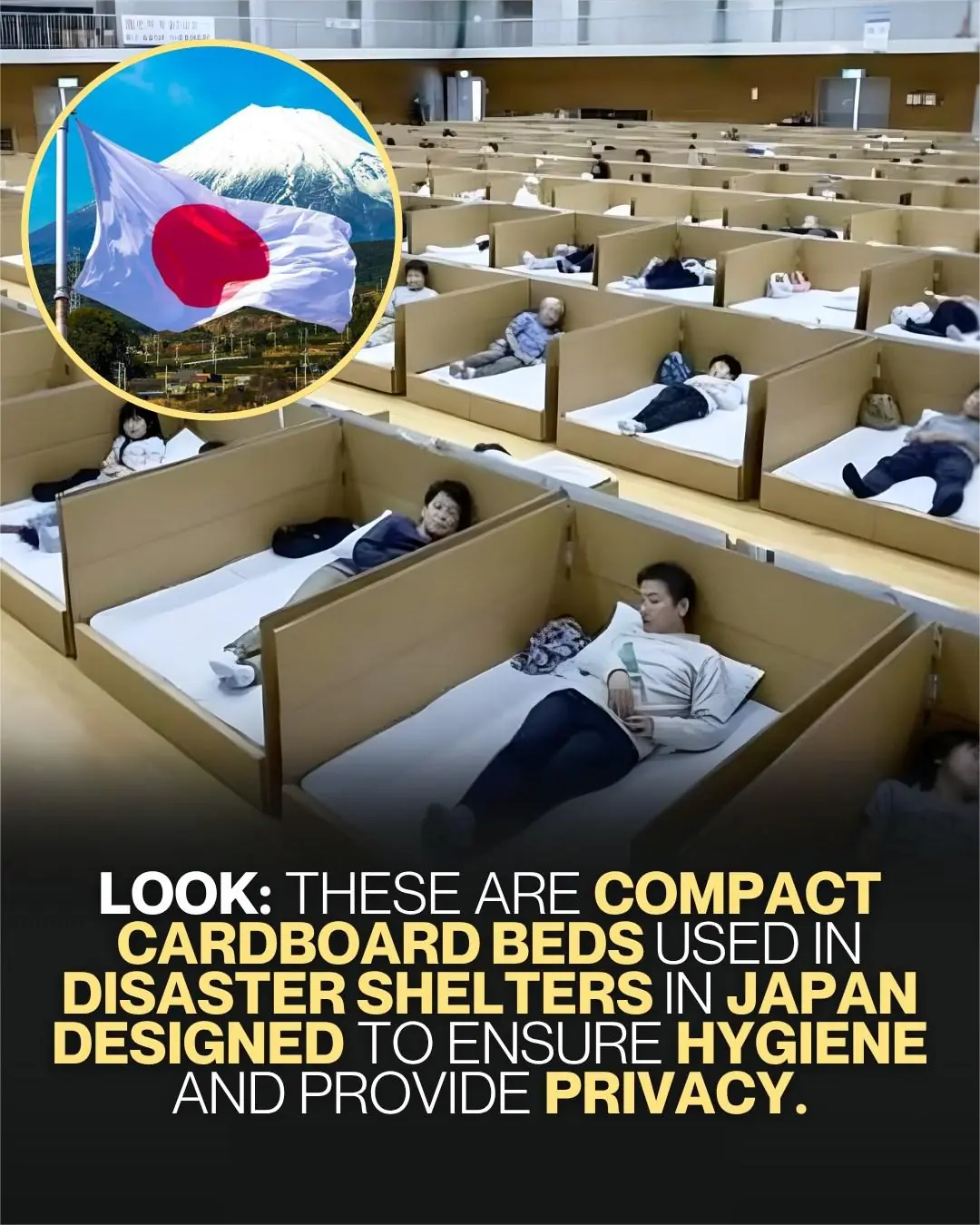
Elon Musk: Building a Thriving Mars Colony Means 100,000 People, 1 Million Tons of Cargo and a Mission Beyond Just Arrival

In a renewed declaration of ambition for space settlement, Elon Musk, CEO of SpaceX, has laid out the enormous scale required to establish a self-sustaining human presence on Mars — far beyond simply landing a handful of astronauts.
Musk emphasises that the key milestone is no longer “arrival” but “civilisation”. He argues that a Mars colony must reach a threshold where it remains viable even if supply ships from Earth cease for any reason. To achieve that, Musk states the infrastructure must include more than 100,000 people and roughly 1 million tons of cargo delivered to Mars.
A Colony, Not a Flag Plant
According to Musk, achieving longevity on Mars demands going beyond exploration. Large-scale cargo shipments must deliver habitats, life-support systems, energy production units, agricultural modules and other infrastructure. Only then can a sizeable human community arrive to build, maintain and expand the settlement.
Musk singles out the ability of Mars to “grow even if supply ships from Earth stop coming” as the defining challenge. He frames the goal as securing the future of consciousness — making humanity multiplanetary, not just momentarily stepping foot on another world.
Key Enablers: Starship and Scale
The rocket system at the heart of this vision is SpaceX’s fully reusable Starship vehicle. Musk reiterates that Starship must reliably deliver mass, people and cargo to orbit and ultimately to Mars. Cost-per-metric-ton and launch cadence are critical metrics — only by dramatically lowering costs and increasing flight rates will the “100 k and 1 M tons” scale become feasible.
Engineering Magnitude & Timeline
If the targets hold, the engineering, manufacturing and operational timeline will be unprecedented. Delivering one million tons of cargo to Mars would mean hundreds — if not thousands — of launches over multiple Earth-to-Mars transfer windows. For Musk’s vision, cargo missions may begin in the latter part of the decade, followed by human missions. The estimated cost per ton of payload via Starship is cited at roughly US $100 million in public documents — illustrating how far the cost reductions must travel.
Skepticism and Reality
While Musk’s articulation aligns with previous statements about million-person colonies, analysts and aerospace experts caution that major hurdles remain: radiation, life-support closure, resource utilisation, habitats, surface power systems, and the sheer logistics of moving hundreds of thousands of people. His updated figure of “100,000 people” is lower than earlier targets of “one million people,” reflecting perhaps a more incremental approach.
Nevertheless, by framing the target as a self-sustaining settlement rather than a one‐off mission, Musk shifts the narrative: the goal is no longer “can we land humans?” but “can we build a civilisation?” He is betting SpaceX’s reusable launch architecture will unlock a new era of large-scale transportation — and Mars might be the destination.
Bottom Line: Elon Musk’s latest pronouncement underscores that Mars colonisation isn’t simply about first landings, but about establishing a robust population and infrastructure capable of independence. If achieved, it would mark one of the most ambitious human endeavours in history.
News in the same category


The Windows 10 Wallpaper That Was Shockingly Real

Olympic Medal Turned Into a Miracle: The Selfless Act of Maria Andrejczyk

A Little Boy’s Silent Prayer That Touched the World

Bullied 7-Year-Old Boy Finds a Kindred Spirit in Cat With the Same Rare Conditions

Single Dad in Thailand Dresses as Mom to Support His Daughter

Man With Facial Disfigurement Asked to Leave Restaurant Before Sitting Down

She Had 43 Cosmetic Procedures To Become A Barbie Doll – Critics Say She Looks Like A ‘Zombie’

She believed it was just an ordinary photo — but zooming in revealed a shocking truth that turned her world upside down

Newly married couple tragically discovered dead in their car just weeks before celebrating their first anniversary

Sleeping Trick? Why Sticking One Foot Out Actually Works

Two best friends died hand in hand in an accident right before prom night

Divorce warning signs you might be ignoring

🌱 UBC Scientists Develop the World’s First Mushroom-Powered Waterless Toilet

October 21: Rare Green Comet Meets Orionid Meteor Shower in a Double Cosmic Spectacle

Indian Engineers Win Ig Nobel Prize for UV Shoe Rack That Kills Bacteria and Eliminates Odor

Nobel Prize 2025: Breakthrough Discovery Reveals How the Immune System Knows When to Stop Attacking Itself

GE’s Haliade-X: The World’s Most Powerful Wind Turbine Revolutionizing Clean Energy
News Post

WHAT HAPPENS WHEN WE TONGUE KISS…See more

Nature’s Secret: 4 Healing Leaves That Support Metabolism, Immunity & Circulation Naturally

Don’t Drink Coconut Water Before You Know These 11 Secrets!

Pumpkin Seed Milk — The Natural Parasite Cleanser

Fast Rice Water Trick for a Brighter Smile

Morning Drink to Revive Your Kidneys Fast

The Onion Recipe That Could Transform Your Blood Sugar, Support Cleaner Arteries, and Protect Your Heart!

Top 4 Fruits That Help Your Kidneys Flush Out Toxins While You Sleep

Ginger, Clove, and Honey: The Natural Trio Your Body Will Thank You For

Heal 15 Years of Joint Pain Naturally with Turmeric and Honey Tea

This Juice Revived My Grandma’s Energy — Say Goodbye to Fatigue and Body Pain with This Natural Recipe

The Benefits of Eating 2 Boiled Eggs Every Morning: Transform Your Health!

If Your Kidneys Are in Danger, Your Body Will Send You These 8 Signals — Don’t Ignore Them

The Surprising Effects of Avocado on Your Heart and Brain

Ways to Get Over a Man Who Didn’t Value You

I’m 66 but Look 36 — My Secret? Aloe Vera & Ginger for Firm, Smooth Skin

How to Make Okra Water to Treat 17 Health Problems Naturally

Banana and Egg Mask to Look Younger Even in Your 80s

Scent Leaf Secrets Unveiled: 10 Surprising Health Benefits of This Miracle Herb
